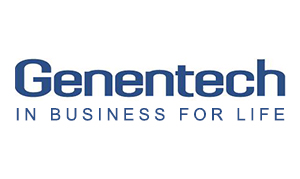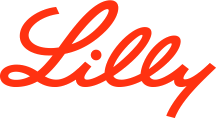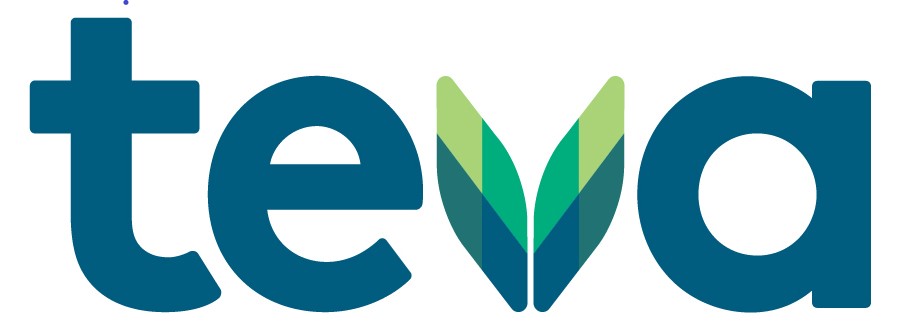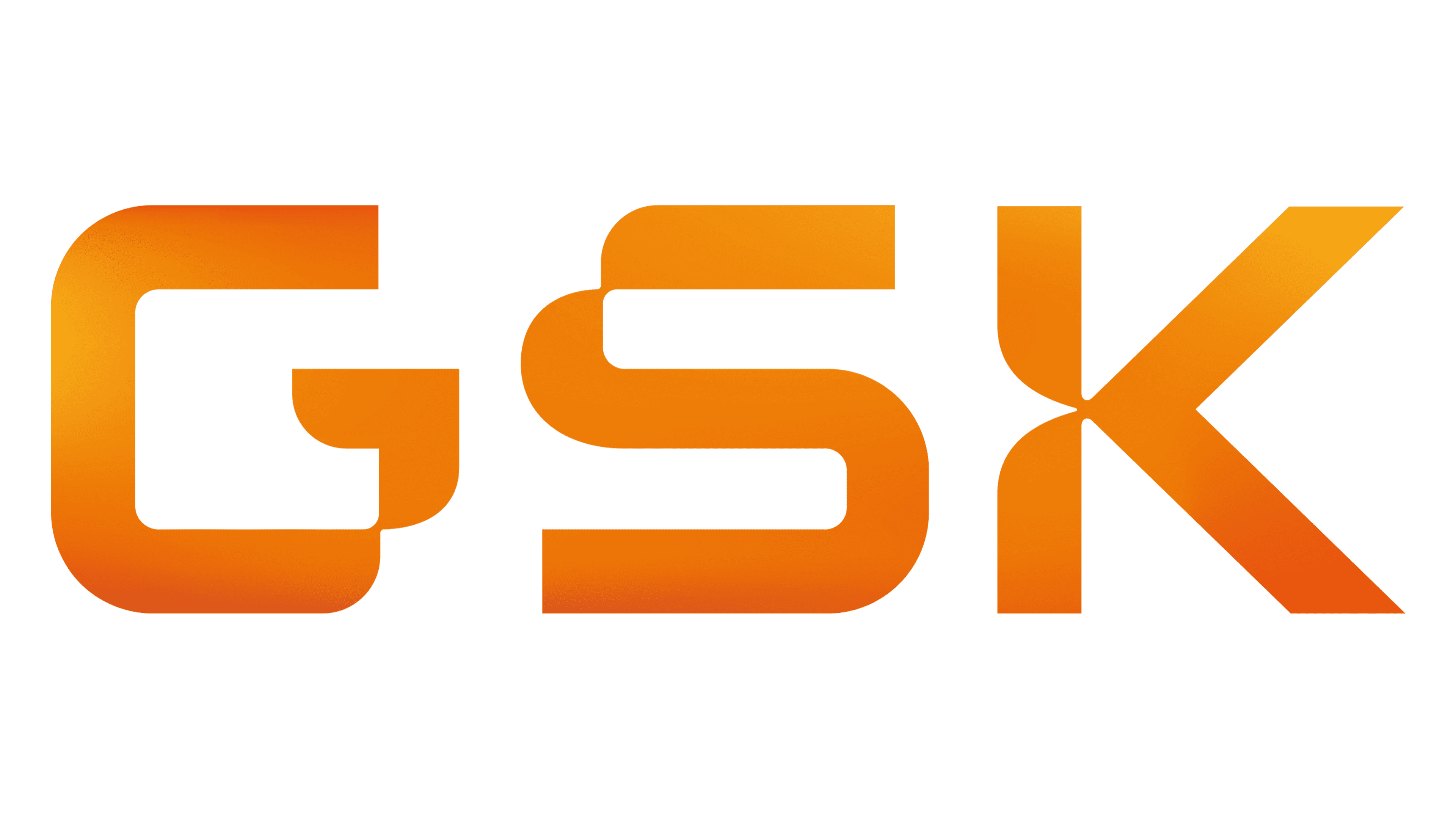Not everyone talks alike, thinks alike, or is motivated in the same way. In order to build effective working relationships and a strong rapport with co-workers, staff members must develop the skill to address the needs of different personality types. Successful communication requires interpersonal expertise, self-awareness, and recognition of different cultural styles.
The Enneagram is a psychological system that describes personality types, their points of view, their motivation, major concerns, and their communication styles. Believe it or not, this can be a powerful tool for understanding a variety of people in the workplace and creating successful strategies for effective communication.
Understanding the Enneagram.
To be able to fully benefit from it, it’s important to understand the model. According to The Narrative Enneagram, “the nine-pointed Enneagram symbol represents nine distinct strategies for relating to the self, others, and the world. Each type has a different pattern of thinking, feeling and acting that arises from a deeper inner motivation or worldview. Learning about these patterns fosters greater understanding through a universal language.” By taking a simple test, you can figure out your Enneagram style. With this, employees can be more aware of the way they approach issues and understand where they fit into the workplace. It forces employees to see the differences between what the test says about them and what they think about themselves.
Talk to your staff.
Before administering the test, talk your team about why you’re doing so. Giving them time to understand how it will enable them to be better workers, communicators and leaders will give them an incentive to fully engage with the process. Disclose how and when results will be shared, and how the whole team can use the results to improve productivity. When discussing the test with employees, make sure they understand it’s strictly a tool to understand each other better. Also, stress that there are no right or wrong answers. Results will be skewed if employees answer questions the way they think they should answer, rather than how they actually think or feel. Remind them that while this is supposed to be helpful, it should also be fun!
Administer the test.
While the test and its results are fun, it is important as well. Employees should be given ample time to complete it. Although many personality assessments can be taken with a pencil and paper, check into an online version. It is much simpler and scoring is automatic, allowing employees to review their results quickly. After the test is complete, it’s important to store the data. Keeping track of this information can help you better evaluate conflicts, recognize high performers and address communication issues on teams.
Communicate results.
After the tests are taken and results have been dispersed, it’s time to discuss. When it’s time to share results with the team, give them as much framework as possible. Make it clear there is no correct or preferred personality type for your business. By taking the personality assessment test and then reviewing the results together, employees will learn more about their coworkers and the best ways to interact with them. Not only that, but sharing and discussing the results helps employees understand their own personalities. Even if they disagree, it’s an opportunity to create an open dialogue in a safe environment. Avoid simply letting everyone know what each other scored and leaving it at that. The most important part of this process is looking at what the results mean and discussing them together.
Utilize the data.
Not only can this data help managers communicate with employees, coworkers communicate with each other, and help employers analyze team members for future purposes, but they can also help attract more talent. The information gained from Enneagrams can help your organization make smarter hiring decisions by identifying who is a good fit for your company and who isn’t. The best way to strategically attract higher tier talent is by using the data from your current workforce to create job descriptions that appeal to the people you want to apply. Pull reports for the personality trends of your top performers to identify a connection between their personalities and the test results. In interviews, encourage managers to ask questions based on one of the nine personality types. If your best employees mostly prefer to work alone quietly, job candidates who say they work best in a team and prefer constant brainstorming might not make an ideal hire.
While the accuracy of Enneagrams may be considered debatable, one thing is for certain: they may not be a completely accurate portrayal of someone’s personality, but they will give your workforce great insight into one another. Using workplace personality tests can help your staff understand how their coworkers are different, and they can use this to better communicate. What is your opinion of Enneagram test in the workplace? Let us know on our Facebook page!
Posted by



















